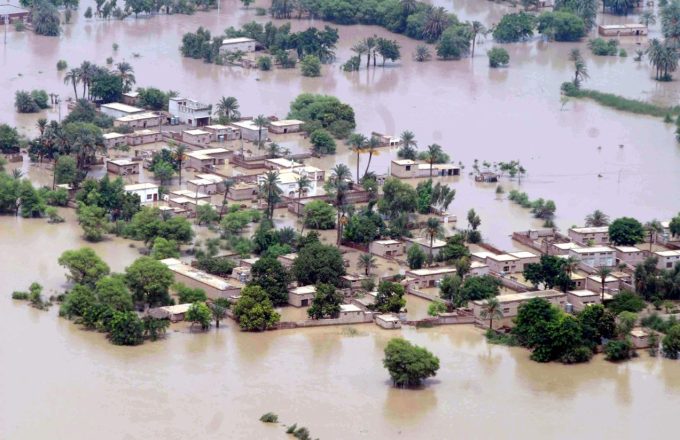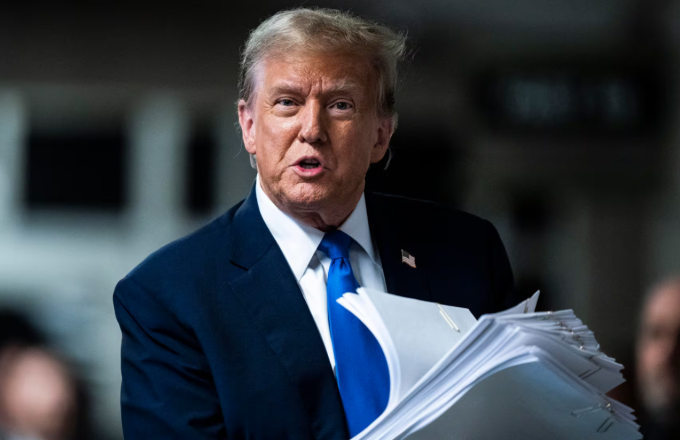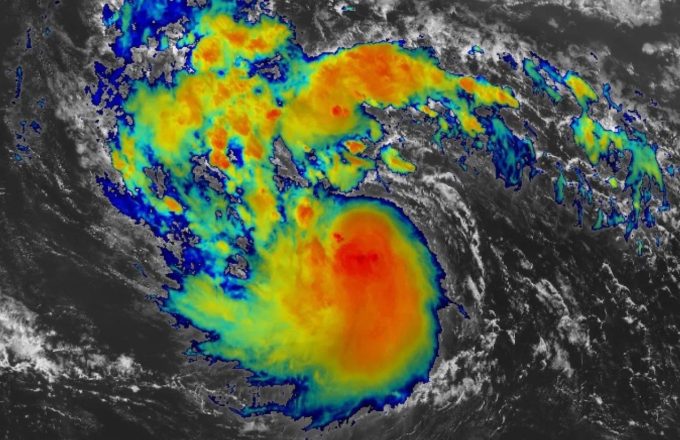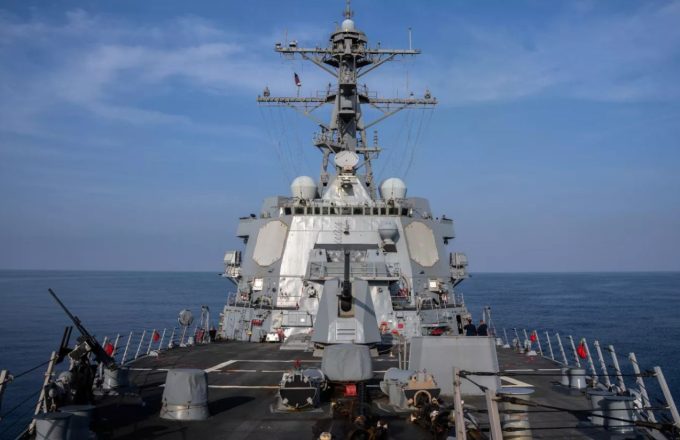A new wave of tension shakes the Korean Peninsula:
North Korea has described as a “serious provocation” the warning shots fired by South Korean forces at North Korean soldiers carrying out construction work along the border. The incident coincided with joint military exercises between South Korea and the United States.
The Deputy Chief of Staff of the Korean People’s Army, Ko Jong Chol, stated that Seoul used the shots, more than ten, according to reports, as a premeditated strategy to raise military tensions in the area, while Pyongyang’s goal was to strengthen its southern defenses as a protective measure. For its part, the South Korean command confirmed it had fired warnings after a North Korean patrol briefly crossed the military demarcation line. Fortunately, the situation did not escalate, and the North Korean soldiers withdrew without further incident.
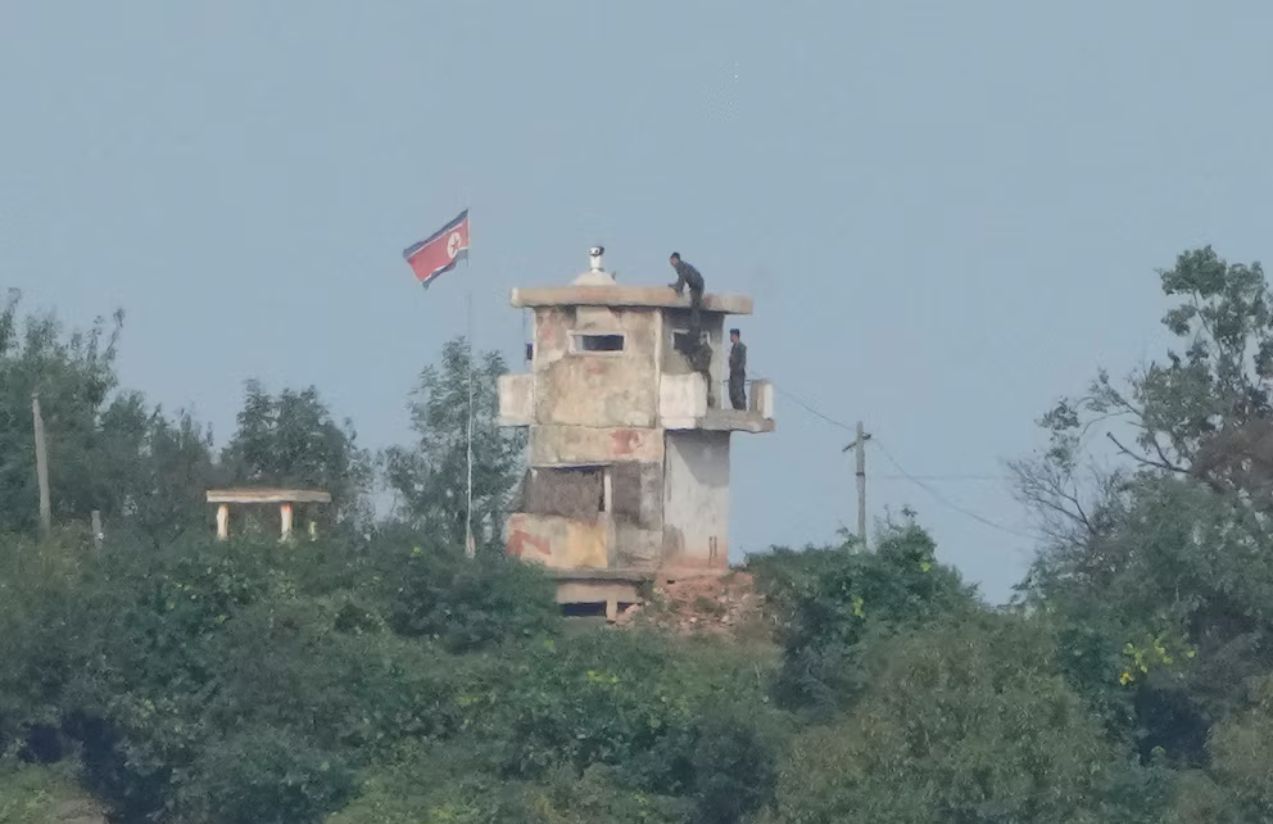
This event adds to an increasingly hostile climate:
North Korean leader Kim Jong Un has abandoned the idea of peaceful reunification and has redefined South Korea as a “permanent enemy” in the North Korean constitution. Meanwhile, Seoul has expressed its willingness to maintain dialogue under its new liberal government.
What could this border confrontation trigger?
Although contained for now, such exchanges could act as a spark for future conflicts if not handled with diplomacy. Real risks of military escalation exist in other border areas, where drills or miscalculations could quickly turn into crisis situations.






